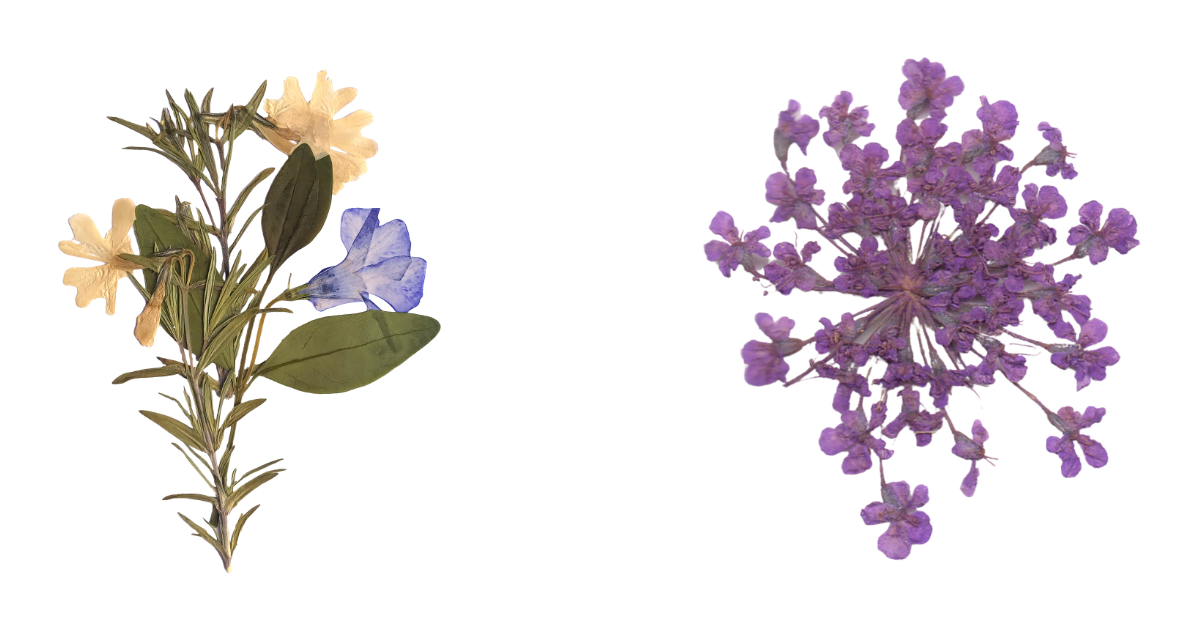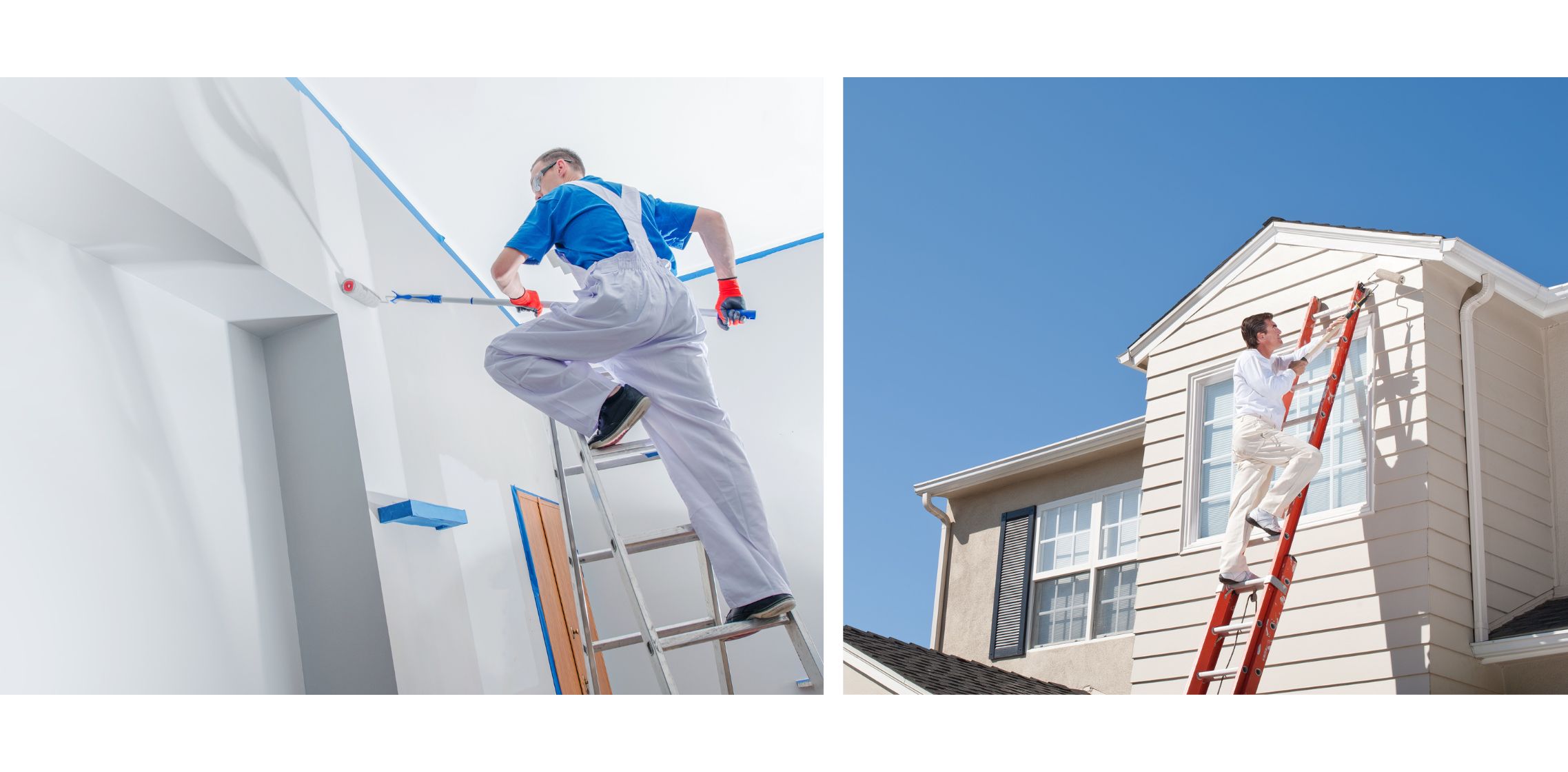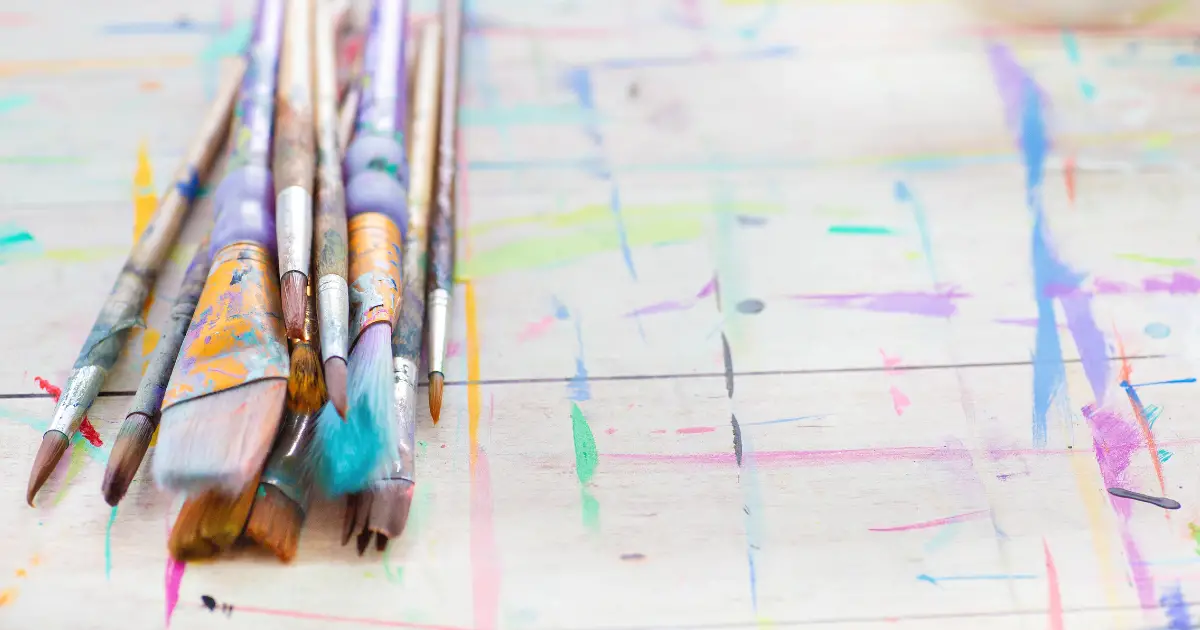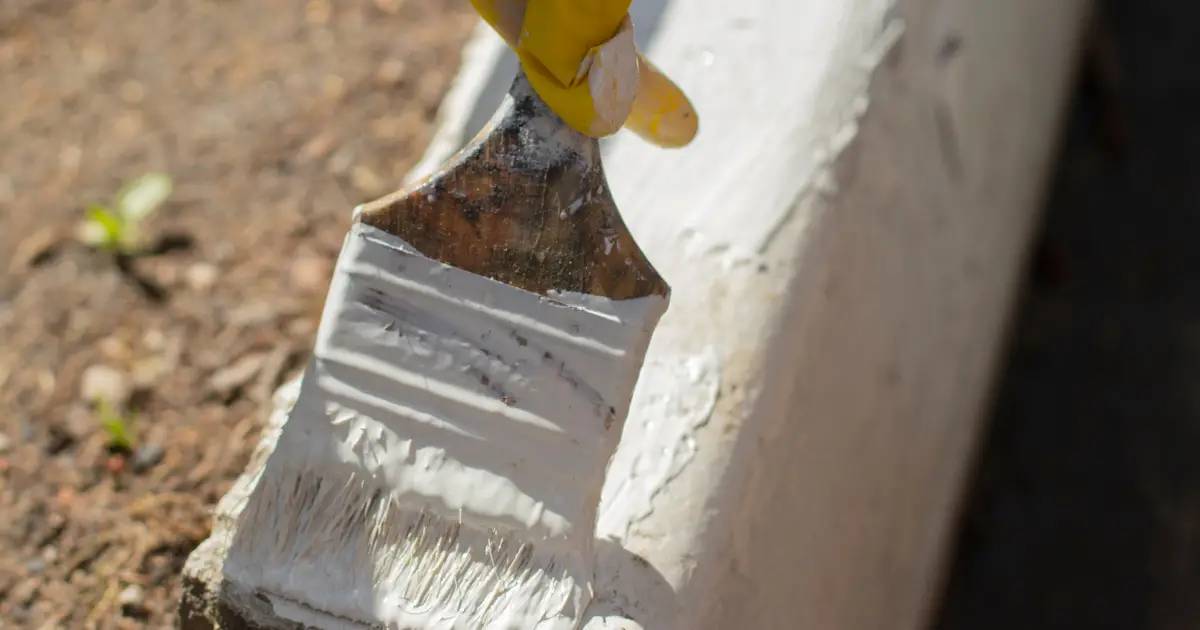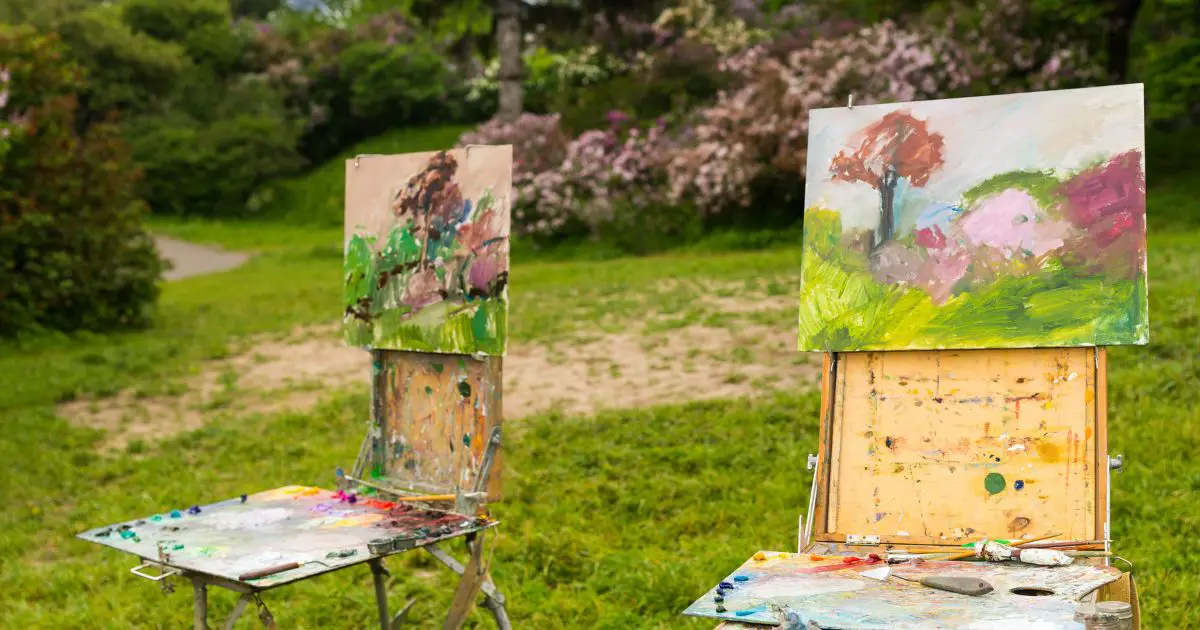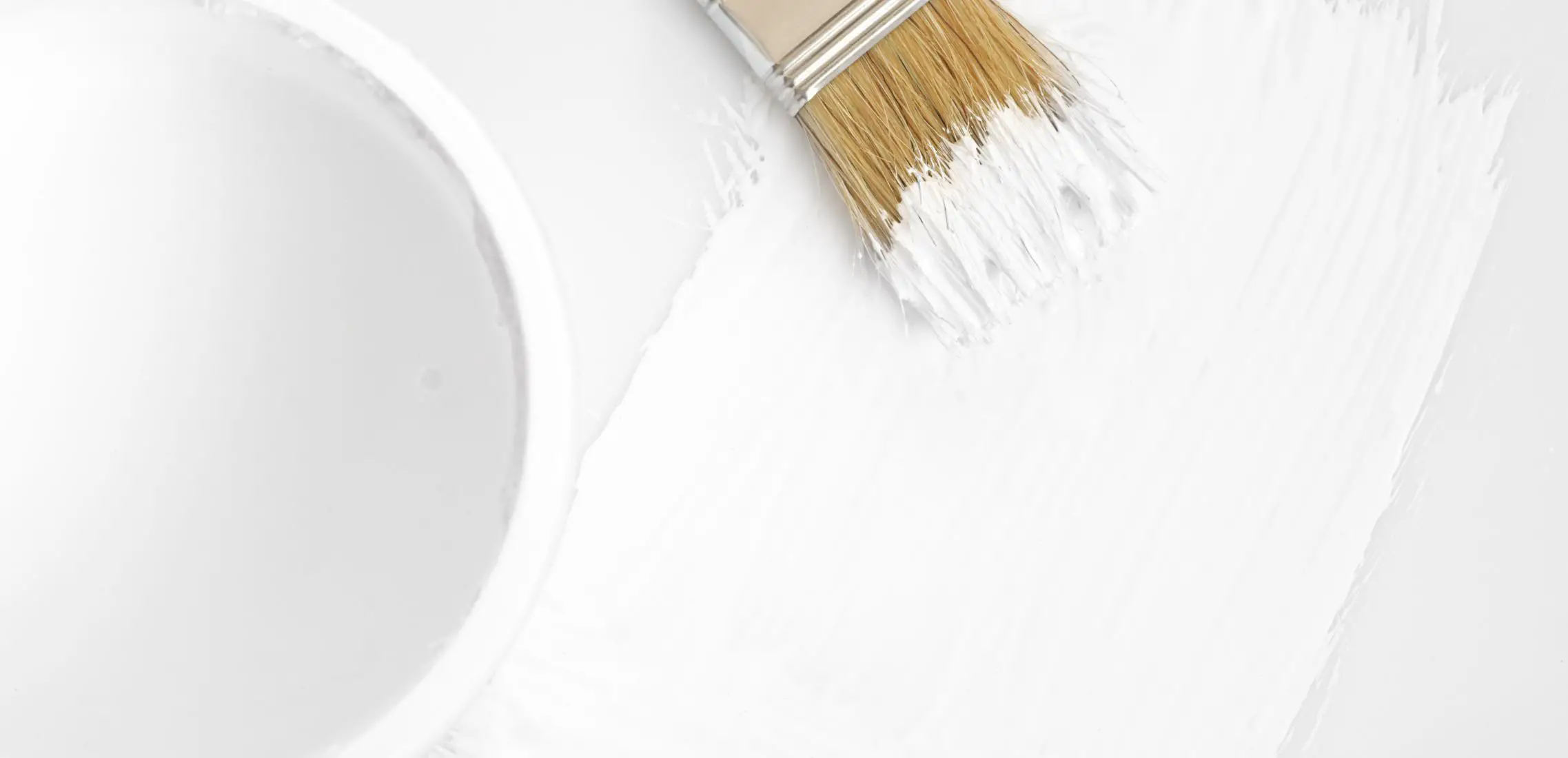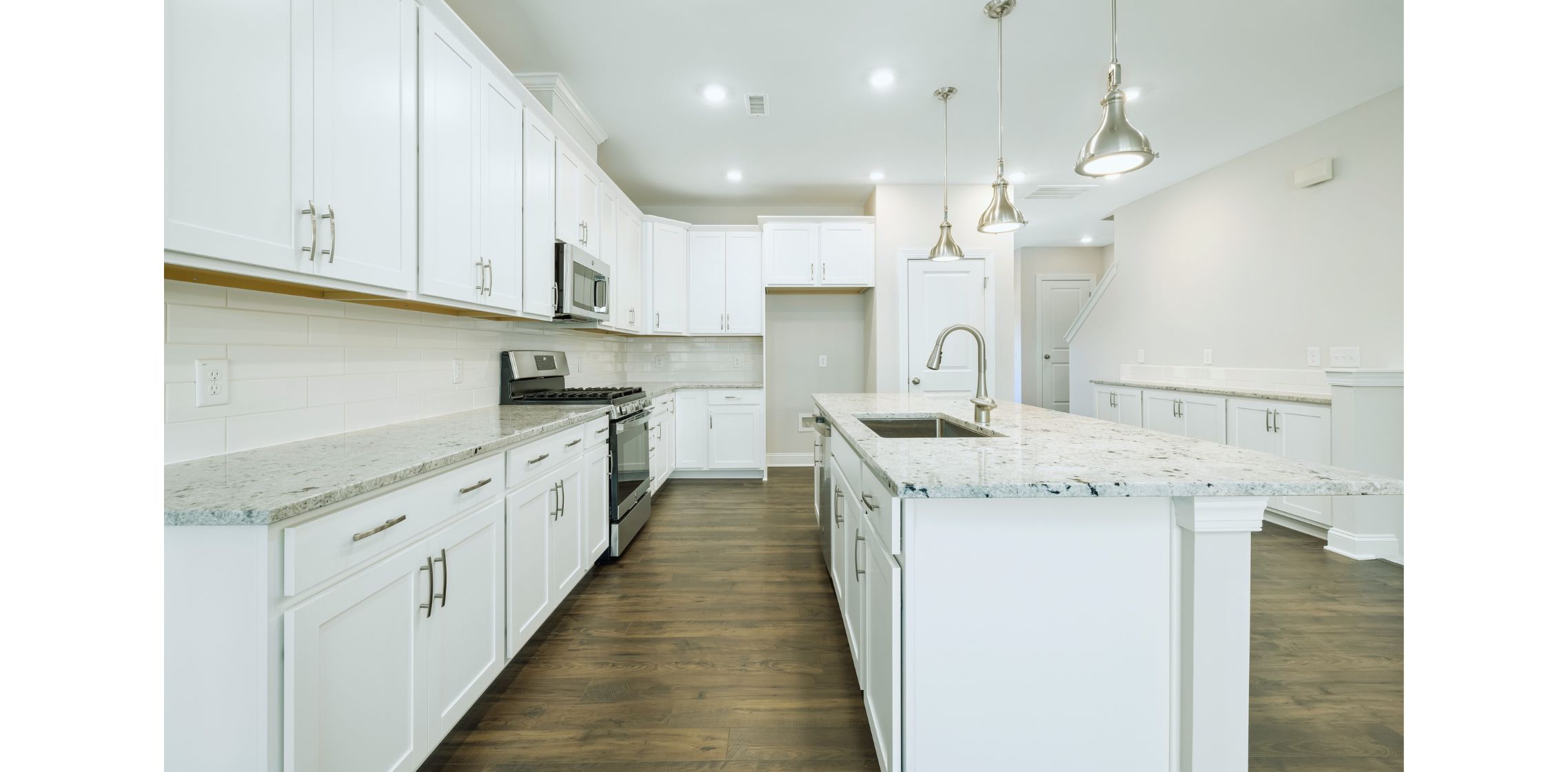A watercolor background can be easily created by painting a wet wash of color onto your paper. Begin by wetting your paper with a brush or sponge, then apply your chosen color to the paper. You can create interesting effects by adding more than one color to the background, or by using different brushstrokes.
Experiment and have fun!
- Choose a light-colored watercolor paper
- If you want a white background, choose cold-press watercolor paper for the best results
- Wet your paper with a wet brush before adding any color
- This will help the colors spread more evenly on the page
- Add your first color to the page using a wet brush
- Work in small sections and add more water if needed
- Immediately add a second color next to the first one while the paper is still wet
- The colors will blend together naturally
- Continue adding colors until you are happy with the result
WATERCOLOR DOS AND DONTS | How to paint a beautiful watercolor BACKGROUND
How to Make a Background With Watercolor?
Watercolor backgrounds are a beautiful way to add color and life to any project. Whether you’re creating a scrapbook layout, greeting card or just doodling in your sketchbook, watercolor backgrounds are easy to make and add a touch of personality. Here’s a step-by-step guide on how to create a lovely watercolor background.
First, gather your supplies. You’ll need watercolors, a paintbrush(es), water and paper. It’s also helpful to have a small bowl or cup for mixing colors, and a rag or paper towel for wiping off excess paint and controlling drips.
Next, wet your paper with clean water. This will help the paint spread evenly across the surface. Then, using one or more colors of paint, start adding color to the wet paper.
Work in small areas, adding more paint as needed. As you work, use different brushstrokes – horizontal, vertical, zigzag – to create interesting patterns and texture.
How Do You Make a Simple Watercolor Background?
Watercolor backgrounds can be made in a variety of ways, depending on the desired effect. A basic watercolor background can be made simply by wetting a piece of watercolor paper and then adding color with a brush. The colors will blend together naturally as the paper dries.
For a more textured background, you can add salt or other materials to the wet paper before adding color. This will create interesting patterns and texture as the colors dry. You can also create different effects by painting with different types of brushes, or by using masking tape or other objects to block off areas of the paper before painting.
Experimentation is key when creating watercolor backgrounds, so have fun and see what works best for you!
Do You Paint the Background First With Watercolor?
No, you don’t necessarily have to paint the background first when using watercolors. You can actually start with whichever area you want and then move on from there. However, keep in mind that the order in which you paint can affect the overall look of your piece.
For instance, if you want a more blended look, it’s often best to start with the lightest colors and then move on to the darker shades.
How Do You Make a Watercolor Background in Canva?
If you’re looking to add a little bit of color to your next Canva design, watercolor backgrounds are a great option. With just a few clicks, you can create a unique and eye-catching background that will make your design stand out. Here’s how to create a watercolor background in Canva:
- Choose a Background Template To get started, head over to the Backgrounds tab in Canva and choose from one of our many pre-made watercolor backgrounds. We have a wide range of colors and styles to choose from, so you’re sure to find something that fits your project.
- Edit the Background Image Once you’ve chosen a template, it’s time to edit the image to fit your needs. You can use the built-in tools in Canva to crop, resize or rotate the image as needed. You can also adjust the opacity of the image if you want it to be more or less visible behind your other design elements.
- Add Your Design Elements on Top Now that you have your perfect watercolor background, it’s time to add your other design elements on top. WithCanva’s drag-and-drop interface, it’s easy to add text, images, or shapes anywhere on your canvas. When you’re finished, simply download your design as a high-resolution PNG or JPG file and share it with the world!
How to Make a Watercolor Background on Canvas
Watercolor backgrounds are a beautiful and unique way to add some extra interest to your paintings. To create a watercolor background on canvas, you will need some basic supplies including watercolors, brushes, a cup of water, and a piece of cardboard or paper to use as a palette.
- Begin by wetting your canvas with a bit of water using a sponge or brush. You want the surface to be damp but not soaked.
- Next, choose the colors you want to use for your background and mix them together on your palette. Make sure to leave enough white space on the palette so that you can lighten or darken the colors as needed.
- Once you have your desired color mixture, begin painting it onto the wet canvas in large strokes. Work quickly before the paint dries out too much.
- To create additional interest, try using different brushstrokes or making small adjustments to the colors as you go along. You can also let some of the paint run off the edge of the canvas for an organic look.
- Allow the background to dry completely before moving on to any other painting elements. If necessary, you can speed up the drying process by using a hair dryer set on low heat.
Watercolour Background Techniques
Watercolor background techniques can be used to create a variety of interesting and unique effects. Here are some tips and tricks to help you get started:
- Use different colors of paint to create interesting effects. You can layer different colors on top of each other, or blend them together wet-on-wet to create new shades.
- Experiment with different types of paper to see how they affect the final result. Rough watercolor paper will give your background a more textured look, while smooth paper will produce a cleaner finish.
- To add depth to your background, try using multiple layers of paint. Allow each layer to dry completely before adding the next one on top.
- Use masking tape or other stencils to create interesting patterns and shapes in your background. Be sure to remove the tape or stencil before the paint dries completely, otherwise, you may end up with an unwanted residue on your painting!
How to Make Watercolor Background in Powerpoint
Watercolor backgrounds are all the rage these days. They add a touch of elegance and whimsy to any presentation, and they’re surprisingly easy to create in PowerPoint. Here’s how:
- Start with a blank slide. You can use any size or shape slide, but I find that a landscape-oriented rectangle works best for this purpose.
- Select the “Insert” tab, then click on the “Shapes” drop-down menu. Choose the shape you want to use for your background (I usually go with a simple oval or rectangle).
- Draw your shape on the slide, then right-click on it and select “Format Shape.”
- In the “Fill” section of the Format Shape dialog box, select “Picture or texture fill.” Then click the “File…” button to choose your watercolor image. Any JPEG or PNG image will work here; just make sure it’s large enough to fill your entire slide background.
- Once you’ve selected your image, click the “Insert” button back in the Format Shape dialog box. Your watercolor background is now complete!
Conclusion
Are you looking for a way to add some pizzazz to your paper crafting projects? If so, you may want to try creating a watercolor background. Watercoloring is a fun and easy way to add interest to any project.
Plus, it’s a great way to use up those scraps of patterned paper that you can’t seem to part with. Here are some tips on how to create a beautiful watercolor background:
- Start with white cardstock or watercolor paper. Cardstock will give your background more stability, while watercolor paper will allow the colors to really shine through.
- Choose your color palette. You can stick with two or three colors, or go crazy and use all the colors in your stash!
- Wet your paper with a paintbrush or sponge before adding color. This will help the color spread evenly across the page.
- Add color using a paintbrush, sponge, or spray bottle. Work from light to dark, and don’t be afraid to experiment!


